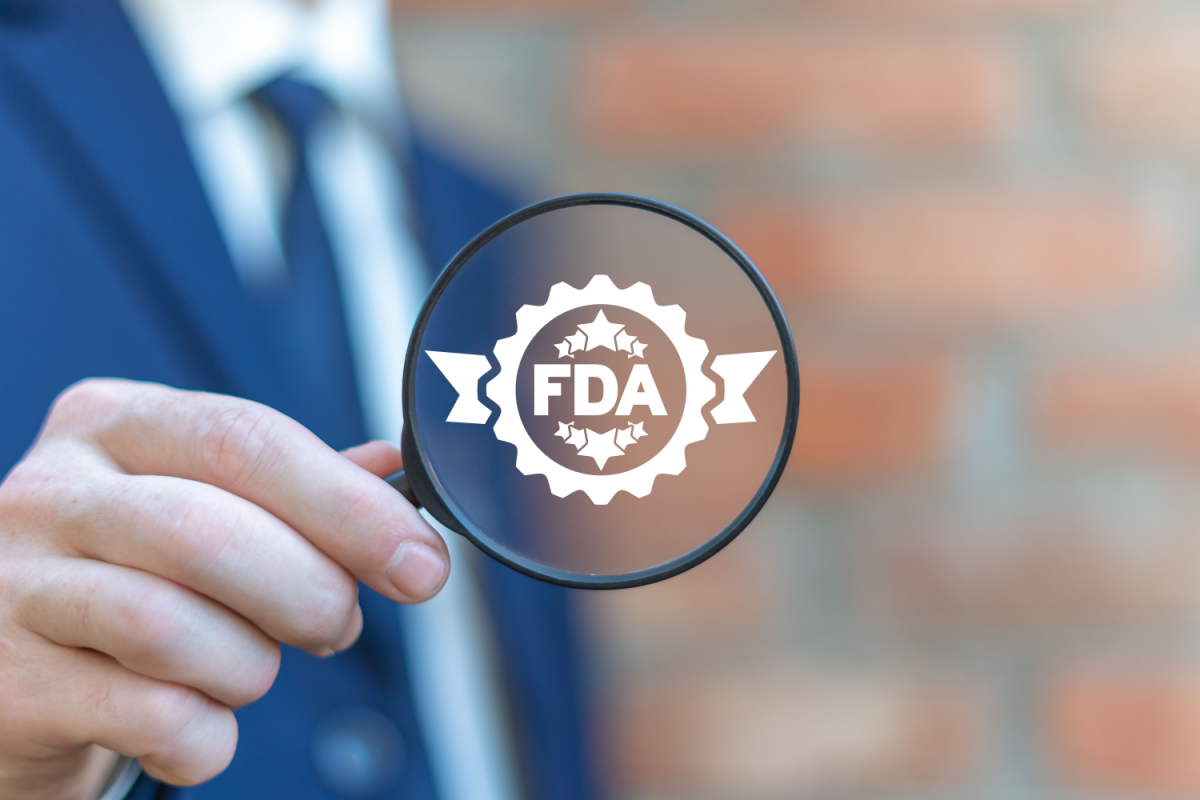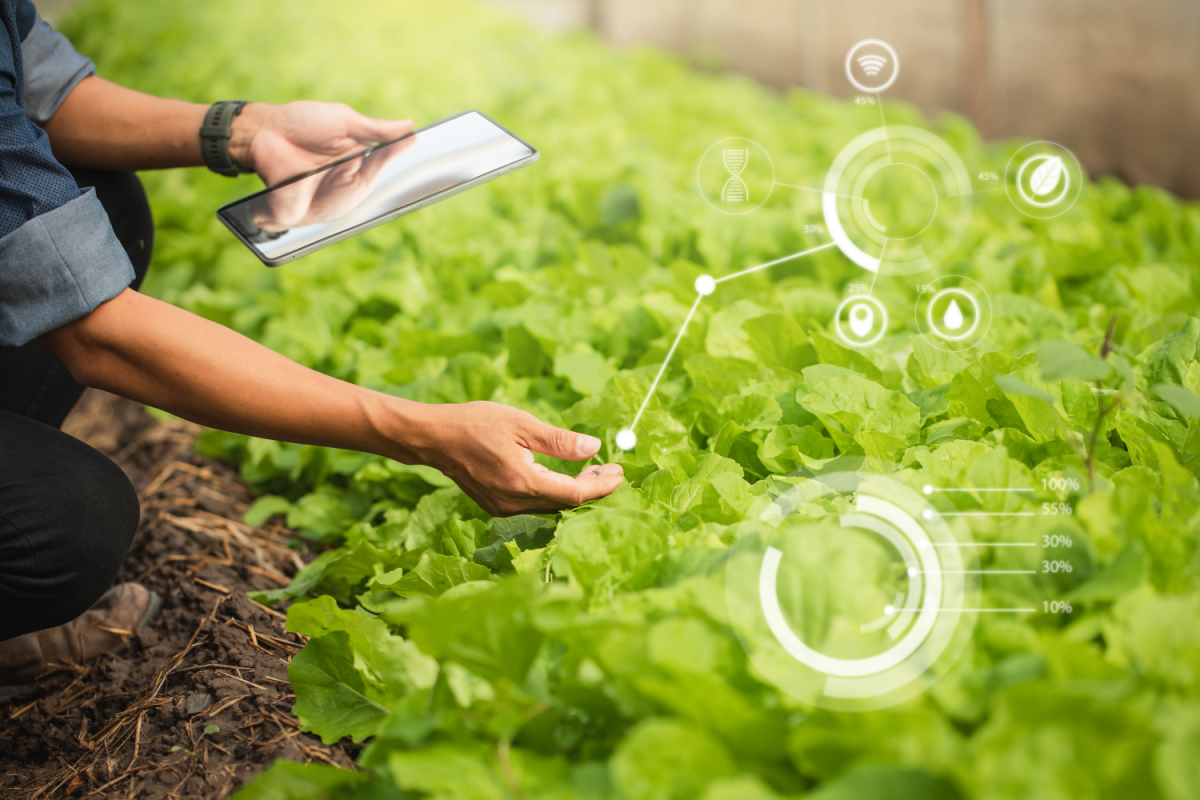Food companies are aware of the fact that many consumers prefer and seek out sustainably sourced foods, but according to a new study, food manufacturers have more to worry about than just sustainable practices. The study, conducted by QuadPackaging and Package InSight, had some contradictory results with many consumers claiming to appreciate visual sustainability labels on packaging but only 8 percent of them noticed the sustainability labels on products.
For the study, Package Insight and QuadPackaging created a sustainability rating system with three different logos that identified the amount of sustainable practices incorporated in the production of a product. The highest sustainability rating was “A,” meaning that a product is fully sustainable, while the “B” rating identified products as efficient and the “C” rating meant that a product is at an average level of sustainability. Study participants were asked to shop in a typical grocery store while wearing mobile eye-tracking devices.
“People buy with their eyes,” said Dr. Julie Rice, Associate Director at Package InSight. “Using the eye-tracking technology in this study allowed us to provide insight into what draws an observer’s attention and cognitive process; in this case, there was little interest in the sustainability logos.”
Surprisingly, 92 percent of study participants did not notice the sustainability logos at all. In contrast, 53 percent of these participants claimed that a simple sustainability rating system would impact their purchasing decisions, while 40 percent claimed that sustainability affects their purchasing choices.
“These results are not surprising if you take into account the barrage of logos, seals and stamps found on consumer package goods claiming some form of sustainability,” said Paul Nowak, Senior Director of Sales Strategy and Business Development at QP, a division of Quad/Graphics. “Consumers have become numb to all the messaging on packaging which hinders the penetration of sustainability claims.”
From the results of this survey, QuadPackaging and Package Insight concluded that sustainability logos do not have a major impact on the buying decisions of consumers. However, companies should still focus on sustainability initiatives but they must find other ways to market such initiatives because logos are too small for consumers to notice.
QuadPackaging and Package Insights developed the following two marketing recommendations for food manufacturers to consider for their sustainable products:
- “Educate consumers on your brand’s commitment to sustainability through integrated marketing and legitimate follow-through on package design and education.”
- “Include sustainability messaging in a secondary location on your packaging to unify your overall brand message.”
These study findings are indicative of the fact that food packaging is becoming so covered with logos that consumers no longer notice them. However, sustainability is still a top concern for the current consumer demographic, so food companies just need to put in more effort in communicating their sustainable practices to their customers. With consumers willing to pay extra for sustainable food offerings, all this extra investment is likely to pay off.











Join or login to leave a comment
JOIN LOGIN